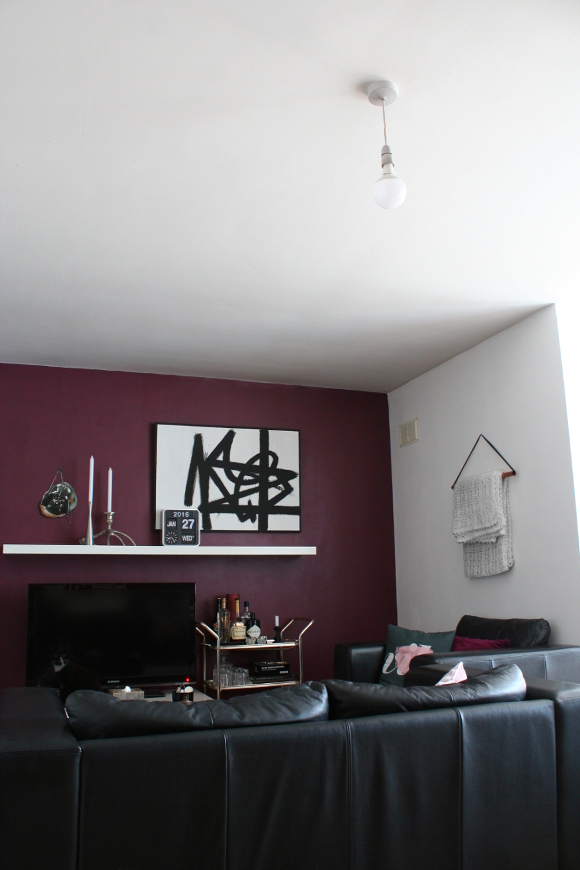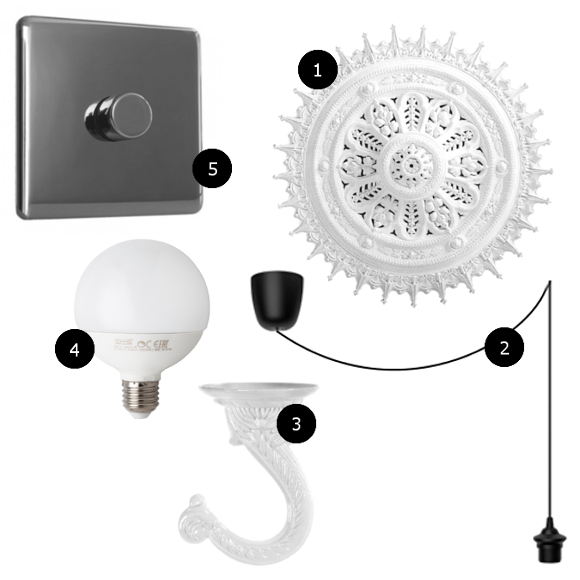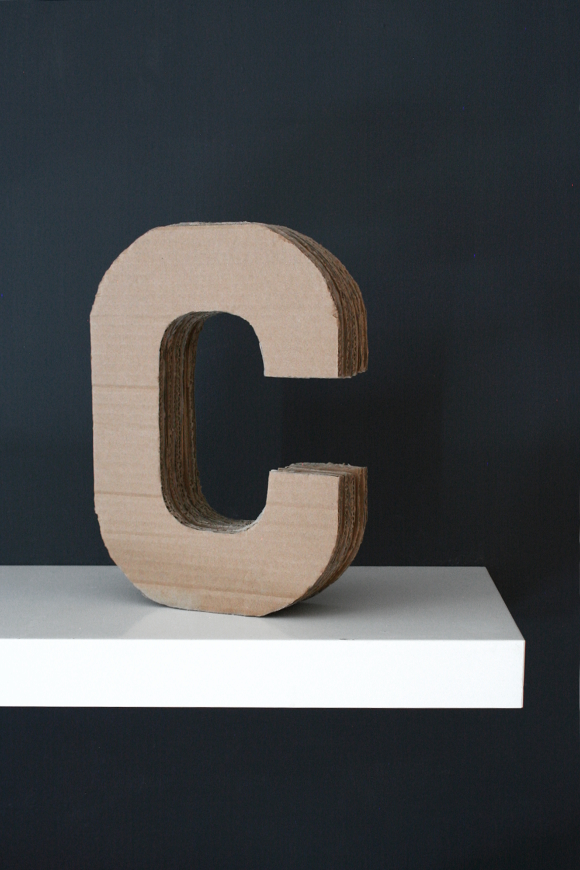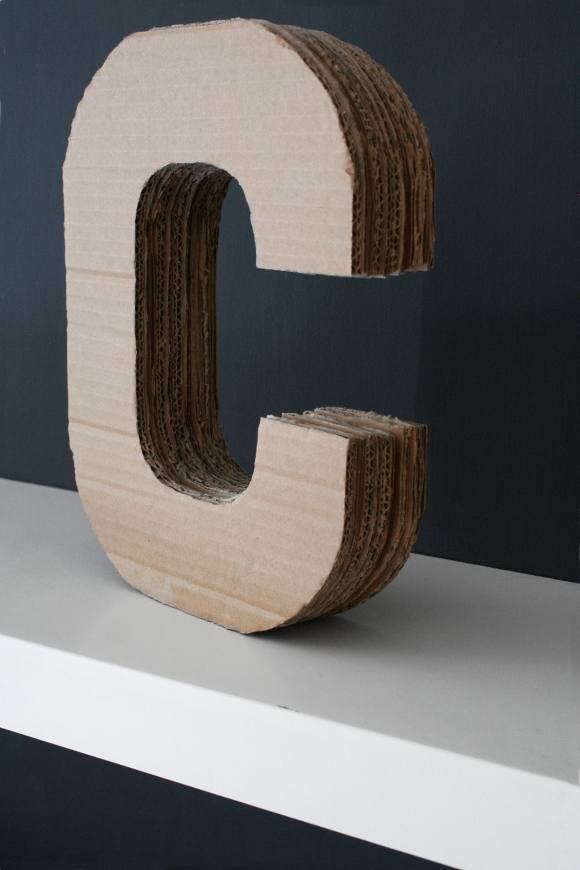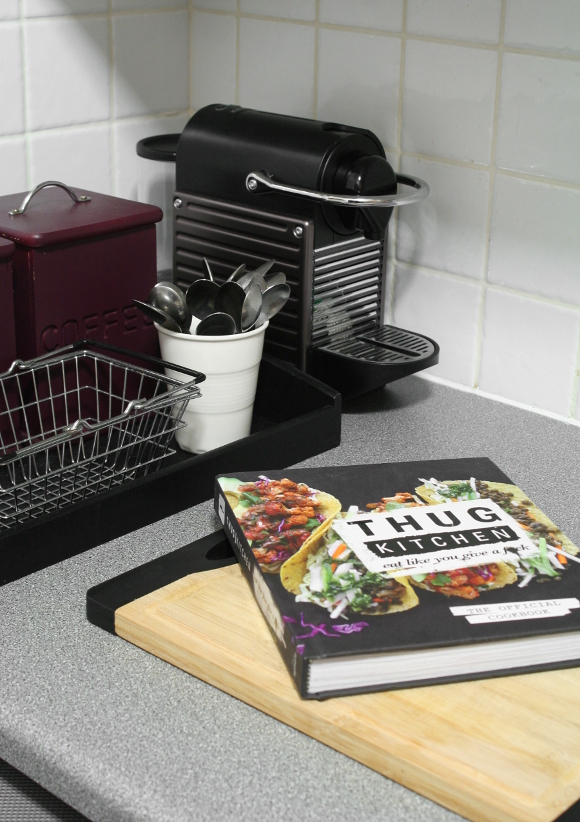Over the last few months I’ve been thinking an awful lot about climate change, sustainability and consumption [more than my usual crippling level]. I began thinking of setting myself an impossible New Years resolution of not buying anything new. I thought about it. A lot. I talked to Robert about it and weighed up the difficulties that would arise. I eventually concluded I wouldn’t be able to do it and was actually quite upset. I’m very conscious about what I buy and most times if I buy something new I end up returning it out of guilt [unless I really, really like it]. But it got me thinking about the options out there and changes we can all make. And maybe make one a resolution to start.
We all consume. There is no way to avoid that. But what we can do is become more aware and conscious about how we consume and see what changes we can make. I don’t want to sound melodramatic, but the reality is that climate change and what we do to the planet is everyone’s responsibility. I want to take a positive approach to this. Below are a few of the topics I think about the most when it comes to reducing, consuming and thinking about environmental impacts. Ways we can all kick ass and save money and an idea or two you might like to take on board this year …
SECOND HAND
Making the decision to buy a second hand item vs. a brand new item does more than you can imagine. When you buy second hand, you’re directly reducing the demand for new products to be produced and reducing the amount of products that get dumped into landfills. Second hand means sourcing something that isn’t new. It doesn’t mean scavenging through a skip [which, for the record, is an awesome way to find stuff but I know it’s not everyone’s cup of tea], but it does mean you’re not buying directly from a producer. Second hand can be from an antique store, checking out an online marketplace such as Craigslist or Adverts.ie [sometimes with brand new items available at less than retail price], hunting through flea markets, swapping with friends and family, heading to your local charity shop or recycling centre, even choosing to buy a pre-owned car vs. brand new and buying an existing house instead of building a new one. All of these reduce the demand for new items to be produced.
In case I still haven’t convinced you, buying second hand SAVES YOU MONEY [insert statistic of the price of a new car dropping the moment you drive it off the lot + a GIF of someone make it rain]. That’s right. The more money you save going second hand can go directly towards something. Something like booze or tiny outfits for your cat.
Obviously, there are some things it is not advised to buy second hand for hygiene reasons; mattresses, underwear, pillows etc. There are also going to be things you just want to buy brand new. I have my moments when I walk into a shop and see something shiny [I usually say to myself “do I really need this?!” and sometimes I do need it, or it’s just fabulous]. We’re only human. What I want this year is the majority of what we buy be second hand. I’ll of course share my finds which will hopefully encourage anyone out there who may be sceptical! Buy something second hand. Fix it up. Make it yours!
SUPPORT LOCAL + REDUCE AIR MILEAGE
There are huge benefits that come with supporting local retailers, producers, creators and makers. Not only are you supporting their trade and helping to keep people employed, but you’re also reducing an unnecessary carbon footprint. Why buy peppers flown in from half a world away when you can buy locally grown peppers? Are the former peppers cheaper? Probably, but by something like 20 cent. If you decide to buy local, you’re helping a local farmer in your county, province, or country. What happens when you buy far away produce is it’s packed in a refrigerated truck, driven to a warehouse, packed into bigger packing, driven to a port where it’s packed onto a ship, travels X mount of kilometers to your closest port, driven to a warehouse, possibly redistributed to a smaller warehouse and then driven to your local shop. By buying local produce, you reduce this effort and emissions exponentially.
The same goes for retail. If you’re looking to buy new lamp, in stead of ordering a slightly cheaper lamp online from 1,000km away, consider sourcing a similar style much closer to home and from a local designer. Yes, you may end up spending a bit more money but you would be supporting a local designer and would be cutting out a huge amount of unnecessary waste such as mileage and packaging.
There are some things though you can’t avoid buying locally if they’re not native to your country. We’re guilty as we buy food such as limes, avocados and coconut milk – none of which come from anywhere near Ireland. During spring, summer and autumn the vast majority of our vegetables are from Ireland or at a stretch the UK. We make an effort to pick produce as local as possible because in the winter not much is naturally available so we have no other choice than to buy fruit and vegetables sourced from elsewhere. So by buying local, you’re helping people closer to home. Maybe even someone you know.
WHAT WE EAT
This next point will be a touchy point and I’m prepared for that, but I wouldn’t be writing about it if it didn’t have a huge impact. Something for you to consider this year is to become more conscious of the animal products that you use. Unfortunately one of the biggest contributors to methane emissions is livestock agriculture [which are worse than C02 emissions. If you’d like to learn more, I would highly recommend watching
Cowspiracy or
Kat von D’s video]. I don’t want to get too heavy into the details because I don’t want to sound negative. All I’ll suggest is to consider what you eat. You can make a change as small as you want. Something small like trying something new in your tea or coffee as a substitute for milk, or looking into introducing more vegetable-based meals more regularly in your diet.
We’ve unfortunately become too desensitized with the animal products that we consume. One of the main reasons I became a vegetarian was because I wasn’t comfortable eating something I couldn’t kill myself. That was my personal reasoning. I then made the step to a vegan diet for environmental [and continued ethical] reasons. I don’t want to sound judgy and better than thou because that’s not how I feel. I haven’t always been a vegan. Hell, there are times all I want is a fat steak and scallops! I’m not telling you to stop eating meat or dairy, but just to be more aware of its treatment and impacts and to consider eating less of it. If not for environmental reasons than for health reasons [I dropped 10lbs without even trying by simply cutting out all dairy from my diet]. The food I’ve been eating recently is some of the tastiest food I’ve had in recent years so you sure as shit don’t miss out on flavour on a vegan diet. When people ask “what do you eat?!“, I simply say everything else.
CUT OUT THE TOXIC CLEANING PRODUCTS
This is how I think of it – anything you pour down your sink, toilet or drainpipe will eventually come back through your tap. There is nothing that makes me more upset than seeing toxic cleaning products being advertised so nonchalantly. These products are so toxic that should someone ingest them they’re rushed to the hospital. Products so corrosive the label says to seek medical attention if you get any on your skin. And they’re encouraging us to POUR A WHOLE BOTTLE OF IT DOWN OUR SINK. To me, this makes absolutely no sense.
A toilet cleaner that’s tough enough to kill 99% of bacteria. News flash – no one eats out of their toilet so why should we need to nuke it with chemical warfare? In stead, clean your toilet regularly with an eco alternative so limescale doesn’t build up. Yes, toilets are going to have bacteria. Because IT’S A FUCKING TOILET. People don’t lick toilets so why should we pour chemicals down it? [perhaps you should change your diet if your doing something to your toilet that requires that many chemicals to clean it]. There’s a huge range of eco-friendly cleaning products available nowadays and some I’ve found to be even better than their chemical-ridden alternatives. Think about our future generations. Hell, think of your future self! Down with this sort of thing; just not down the sink.
I don’t mean any of the above to sound preachy, so apologies if you found any of it sounding so. I’m incredibly passionate about these things, always have been and always will. A lot of my reasoning can be paralleled to how I feel about any rental we live in; we try to leave it in better condition than when I found it. And in all honesty, we’re all kinda renting our time here amiright? Climate change is real. It’s already effecting us on a real level [there have been horrific floods here in Ireland and the winter isn’t even over]. So make a point of being more conscious of what you consume, starting this year and lets leave 2016 in better condition than we found it.

